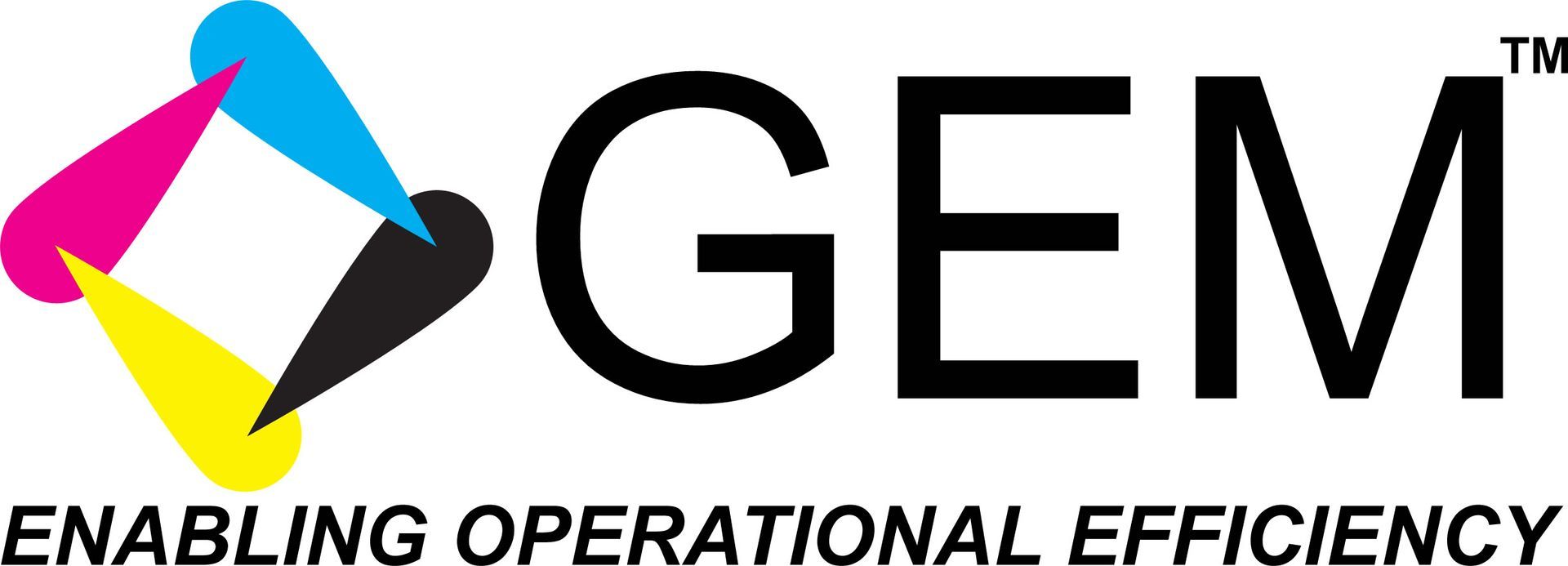CASE STUDY
INDUSTRY 4.0 BENEFITS WITHOUT INDUSTRY 4.0 COSTS
Semiconductor manufacturers are constantly under pressure to squeeze the most out of their capital and operational expenses, while at the same time facing tremendous pressure in a global market from their customers to deliver the highest quality within the shortest lead time.
Maximizing OEE in semiconductor manufacturing is a non-trivial task. The manufacturing workflow involves multiple stages; each handled by machines specialized for the particular operations involved in a stage. It is not uncommon to find machines from different OEMs handling the same or different tasks on the manufacturing floor, where some machines may be controlled by older generation Operating Systems (some with none), PLCs (Programmable Logic Controllers) that don’t have the ability to provide machine status, performance, quality and availability data in real-time to spot trends to predict when maintenance needs to be scheduled and optimize equipment effectiveness.
As a consequence all stakeholders, from factory floor to corporate office, don’t have access to crucial data to help them make well-informed decisions towards OEE optimization in order to meet the end goal of growing bottom line revenue.
Industry 4.0 augments Industry 3.0 process control automation systems with big data and big data analytics. At one end of the Industry 4.0 spectrum this means real-time machine data access, while at the other end of the spectrum this means bridging the chasm between operational technology systems on the factory floor and information technology systems in the back-office.
By deploying GEM PRECARE for Industry 4.0, semiconductor manufacturers gain instant access to all machine data and OEE analytics without having to do a complete overhaul of their existing OT infrastructure. As such they realize significant savings in migrating to Industry 4.0 and gain valuable insight in every machine’s availability, performance, quality, MTBF, MTBA, and other KPIs to be able to undertake necessary actions towards process flow and machine performance optimization, as well as when exactly to schedule maintenance. The overall result is that manufacturers are able to realize increases in OEE as much as 30-40%, increasing OEE scores to as high as 90%.
